Year 5
The English curriculum is built around the three interrelated strands of language, literature and literacy. Teaching and learning programs should balance and integrate all three strands. Together, the strands focus on developing students' knowledge, understanding and skills in listening, reading, viewing, speaking, writing and creating. Learning in English builds on concepts, skills and processes developed in earlier years, and teachers will revisit and strengthen these as needed.
In Years 5 and 6, students communicate with peers and teachers from other classes and schools, community members, and individuals and groups, in a range of face-to-face and online/virtual environments.
Students engage with a variety of texts for enjoyment. They listen to, read, view, interpret and evaluate spoken, written and multimodal texts in which the primary purpose is aesthetic, as well as texts designed to inform and persuade. These include various types of media texts including newspapers, film and digital texts, junior and early adolescent novels, poetry, non-fiction and dramatic performances.
The range of literary texts for Foundation to Year 10 comprises Australian literature, including the oral narrative traditions of Aboriginal and Torres Strait Islander Peoples, as well as the contemporary literature of these two cultural groups, and classic and contemporary world literature, including texts from and about Asia.
Literary texts that support and extend students in Years 5 and 6 as independent readers describe complex sequences, a range of non-stereotypical characters and elaborated events including flashbacks and shifts in time. These texts explore themes of interpersonal relationships and ethical dilemmas within real-world and fantasy settings. Informative texts supply technical and content information about a wide range of topics of interest as well as topics being studied in other areas of the curriculum. Text structures include chapters, headings and subheadings, tables of contents, indexes and glossaries. Language features include complex sentences, unfamiliar technical vocabulary, figurative language, and information presented in various types of graphics.
Students create a range of imaginative, informative and persuasive types of texts including narratives, procedures, performances, reports, reviews, explanations and discussions.
(source: www.australiancurriculum.edu.au)
Achievement Standard
Receptive modes (listening, reading and viewing)
By the end of Year 5, students explain how text structures assist in understanding the text. They understand how language features, images and vocabulary influence interpretations of characters, settings and events.
When reading, they encounter and decode unfamiliar words using phonic, grammatical, semantic and contextual knowledge. They analyse and explain literal and implied information from a variety of texts. They describe how events, characters and settings in texts are depicted and explain their own responses to them. They listen and ask questions to clarify content.
Productive modes (speaking, writing and creating)
Students use language features to show how ideas can be extended. They develop and explain a point of view about a text, selecting information, ideas and images from a range of resources.
Students create imaginative, informative and persuasive texts for different purposes and audiences. They make presentations which include multimodal elements for defined purposes. They contribute actively to class and group discussions, taking into account other perspectives. When writing, they demonstrate understanding of grammar using a variety of sentence types. They select specific vocabulary and use accurate spelling and punctuation. They edit their work for cohesive structure and meaning.
(source: www.australiancurriculum.edu.au)
- Plus Plan
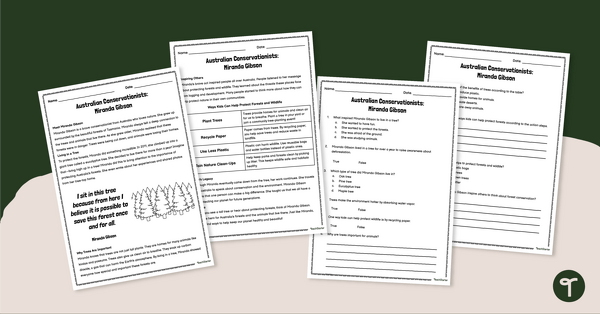
Australian Conservationists: Miranda Gibson – Comprehension Worksheet
Learn about Miranda Gibson and her conservation work with this 2-page reading passage and accompanying comprehension questions.
- Plus Plan
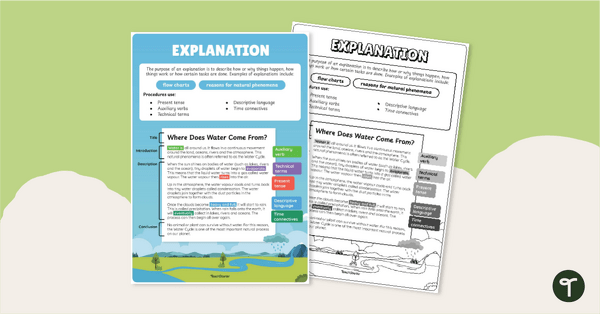
Explanation Text Type Poster With Annotations
Display this explanation text with annotations to help students identify the structure of an explanation.
- Plus Plan
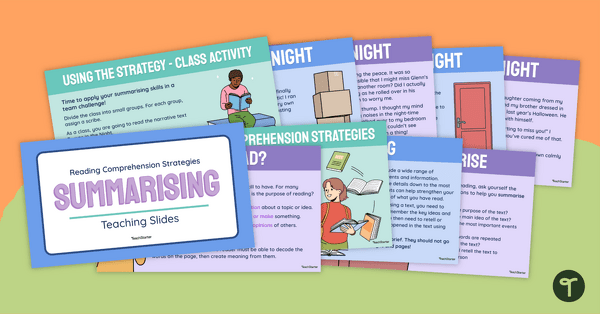
Summarising Teaching Slides
Teach students all about summarising with 15 teaching slides of summarising goodness.
- Plus Plan
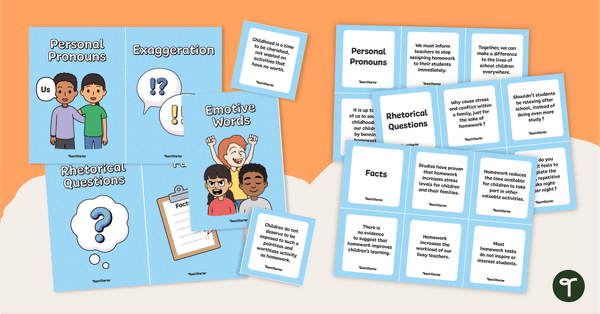
Persuasive Devices Sorting Activity
Explore persuasive devices with your students using this set of sorting cards.
- Plus Plan
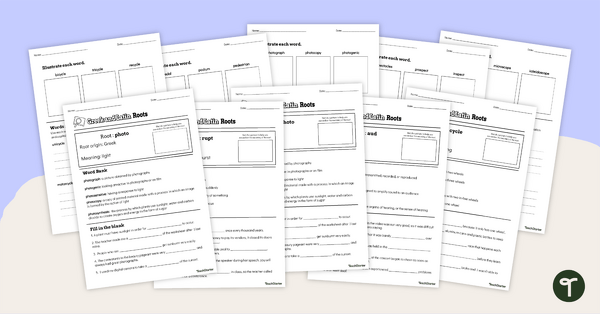
Greek and Latin Roots Worksheet Set
Practise using vocabulary containing Greek roots and Latin roots with these weekly root word worksheets.
- Plus Plan
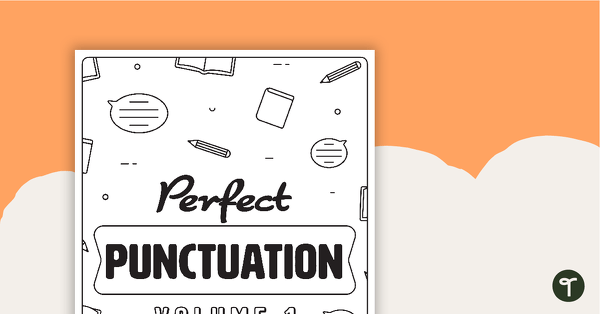
Perfect Punctuation Volume 1 – Worksheet Book
A workbook packed with 50 punctuation activities for use in the classroom.
- Plus Plan
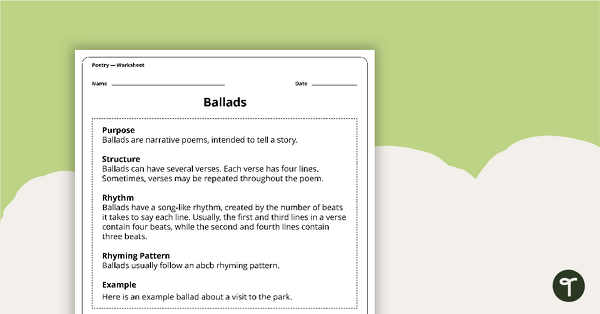
Write a Ballad Worksheet
Set your students up for success when writing a ballad with this set of scaffolded, easy-to-follow worksheets.
- Plus Plan
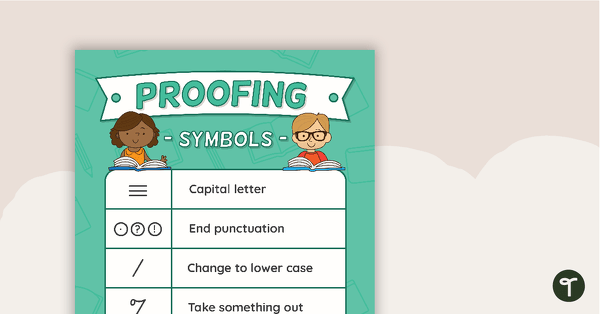
Editing Symbols Chart
Use this editing symbols chart to help simplify the proofreading process for your students.
- Plus Plan
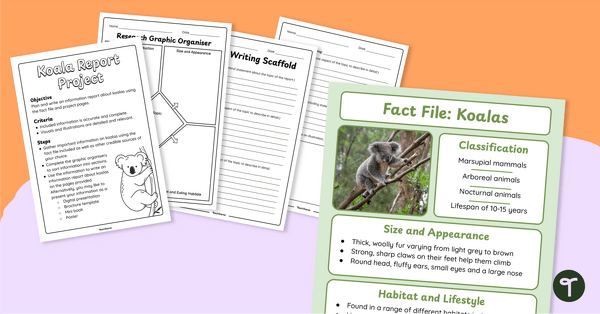
Koala Information Report – Writing Project
Get your students writing a koala information report using this age-appropriate fact file and writing scaffold.
- Plus Plan

Types of Verbs Poster Set
Explore the different types of verbs with this set of verb posters displaying the definition and examples of action, saying, thinking and relating verbs.
- Plus Plan
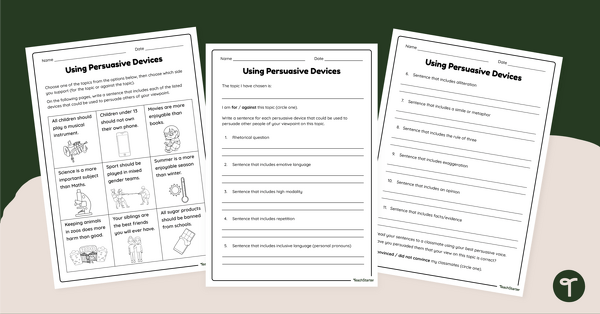
Using Persuasive Devices Worksheet
Use this persuasive devices worksheet to help your students create persuasive device examples based on a specific topic.
- Free Plan
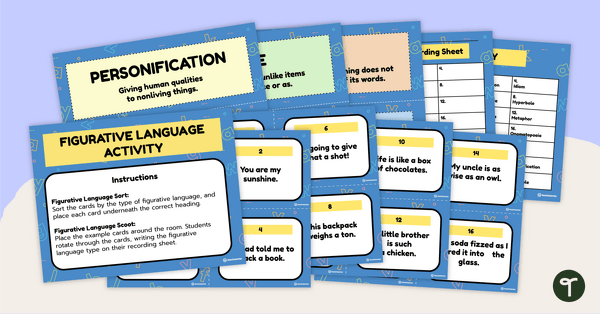
Figurative Language Sorting Activity
Explore figurative language in context with this set of 28 sorting cards.
- Plus Plan
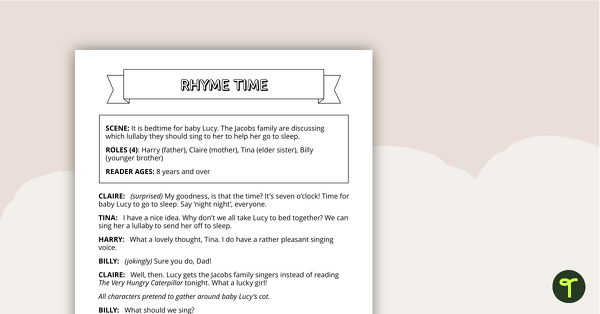
Readers' Theatre Script - Rhyme Time
A script which can be used during readers' theatre or Drama sessions, aimed at students 8 years and over.
- Plus Plan
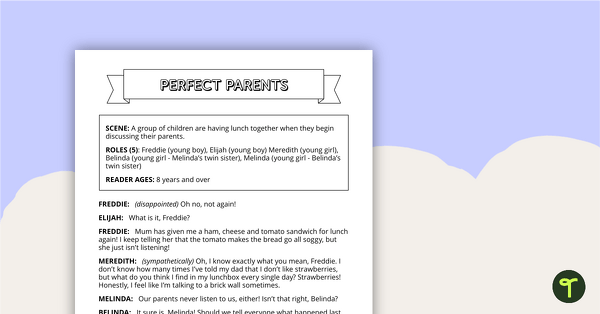
Readers' Theatre Script - Perfect Parents
A script which can be used during readers' theatre or Drama sessions, aimed at students 8 years and over.
- Plus Plan
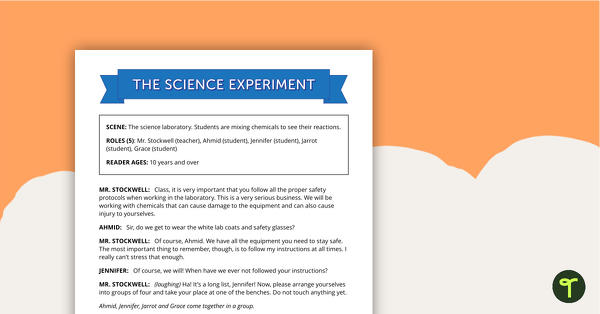
Readers' Theatre Script - Science Experiment
A script which can be used during readers' theatre or Drama sessions, aimed at students 10 years and over.
- Plus Plan
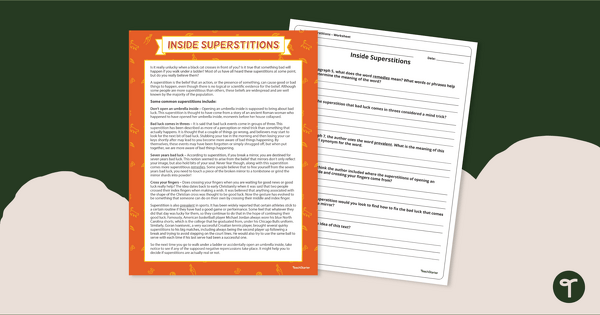
Year 5 Reading Comprehension Worksheets - Superstitions
Learn about common superstitions and beliefs with a printable reading comprehenion passage for Year 5.
- Plus Plan
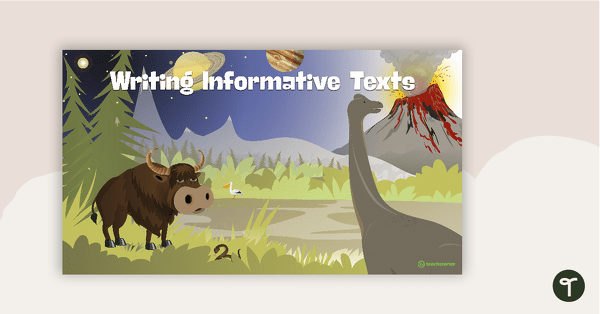
Writing Information Reports Teaching Slides
Teach your students the features of information reports using this detailed slideshow targeted at upper primary school students.
- Plus Plan
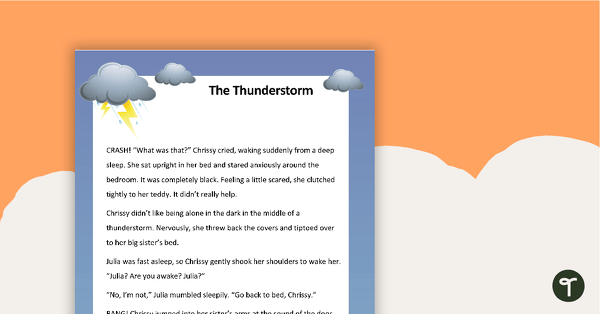
Cause and Effect - Comprehension Task
A task to use when teaching your students reading comprehension strategies.
- Plus Plan
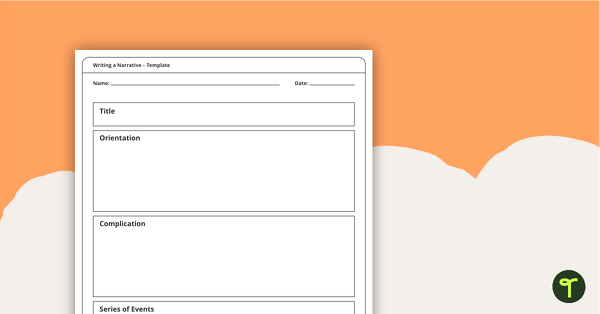
Writing a Narrative – Template
A template for students to use when planning a narrative text.
- Free Plan
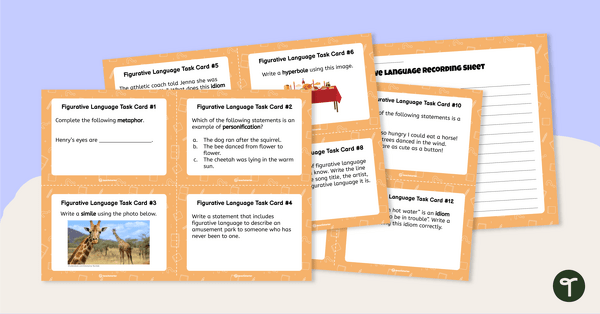
Figurative Language Task Cards
A set of 12 task cards to practice working with figurative language.
- Plus Plan
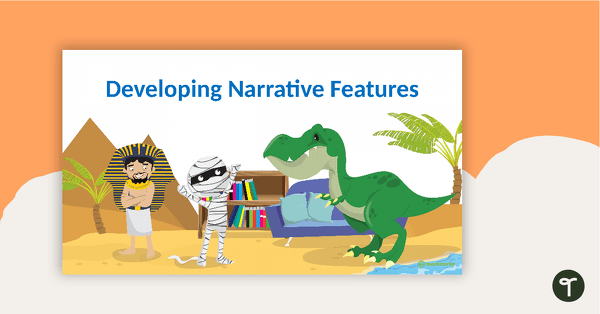
Developing Narrative Features PowerPoint - Year 5 and Year 6
A 26 slide editable PowerPoint template to use when teaching your students about the features of narrative texts.
- Plus Plan

In My Eyes (Poem) - Comprehension
A comprehension activity using poetry.
- Free Plan
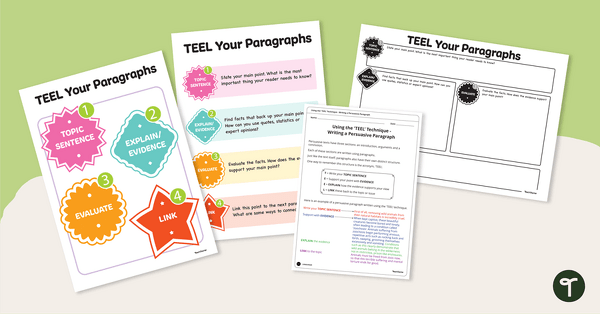
TEEL Paragraph Structure Poster and Worksheets
Explore the acronym TEEL to help with paragraph technique during persuasive writing lessons.
- Plus Plan
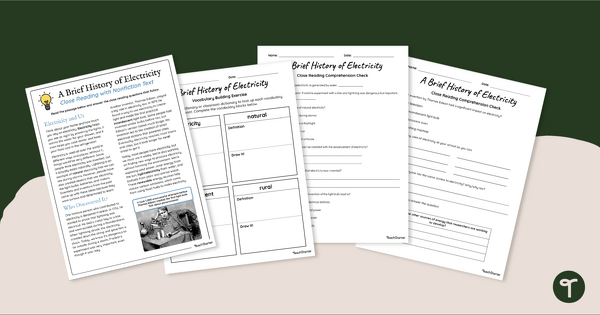
Reading Comprehension Worksheets - The History of Electricity
Read to learn about the history of electricity with printable reading comprehension worksheets.
- Plus Plan
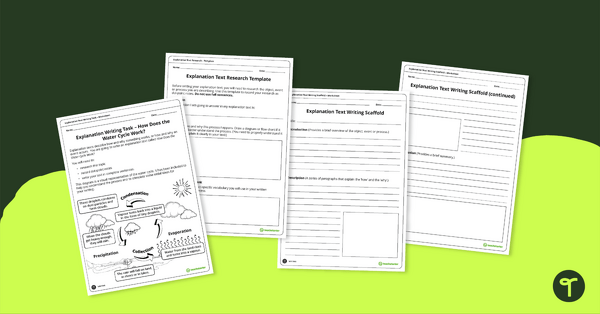
Explanation Text Writing Task – How Does the Water Cycle Work?
A scaffolded writing task for students to complete when learning about the explanation text type.
- Plus Plan
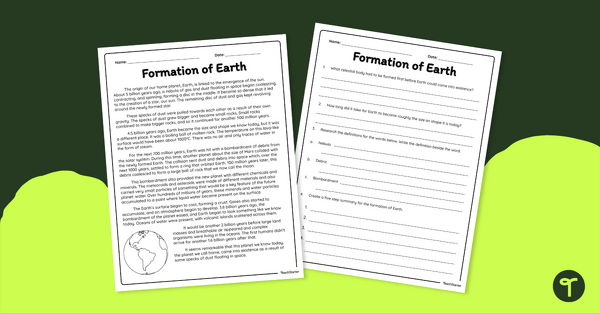
Formation of Earth - Reading Comprehension Worksheet
Combine reading and science content with a reading comprehension worksheet that focuses on the formation of Earth.
- Plus Plan
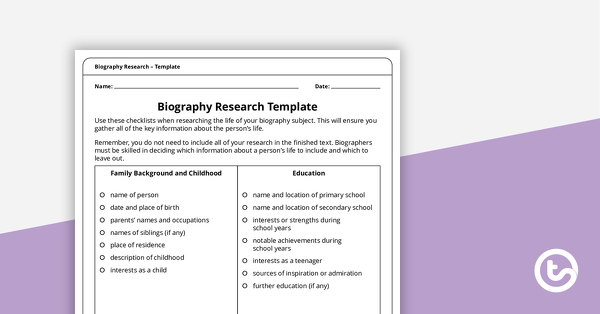
Biography Research Template
A research template for older students to use when writing a biography.
- Plus Plan
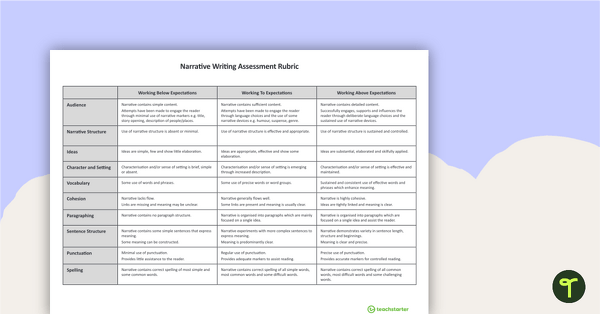
NAPLAN-Style Assessment Rubric - Narrative Writing
A NAPLAN-style rubric designed to help teachers to assess students' narrative writing.
- Plus Plan
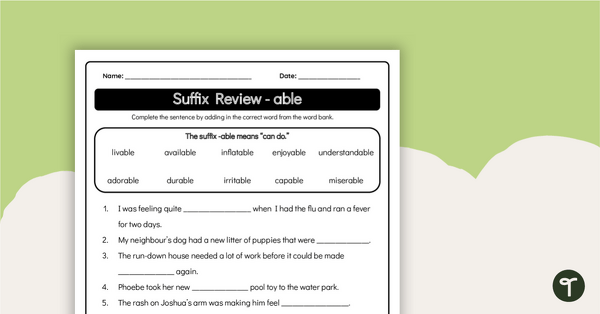
Suffix -Able - Grammar Worksheet
Transform your students’ vocabulary skills with our skill-building English worksheets, featuring the powerful “-able” suffix
- Plus Plan

Analysing Poetry Teaching Slides
Teach your students how to analyse poetry using the SMILE technique with this comprehensive and age-appropriate slide deck.
- Plus Plan
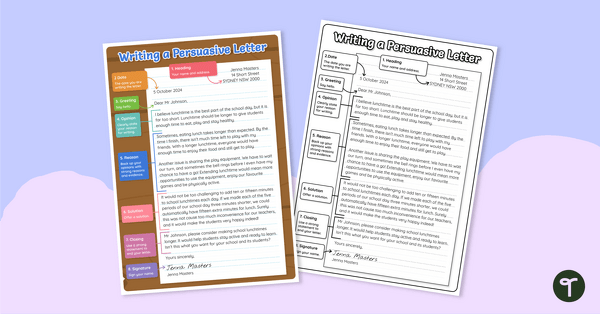
Writing A Persuasive Letter Poster
A poster showing students how to lay out a persuasive letter.
- Plus Plan
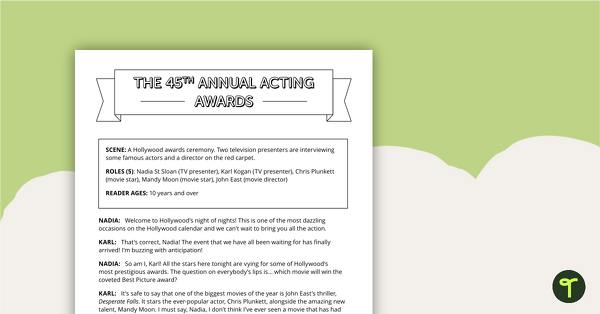
Readers' Theatre Script - 45th Annual Acting Awards
A script which can be used during readers' theatre or Drama sessions, aimed at students 10 years and over.